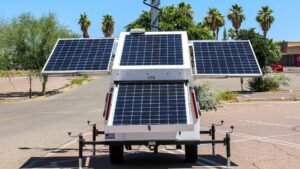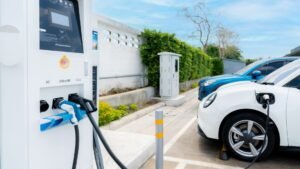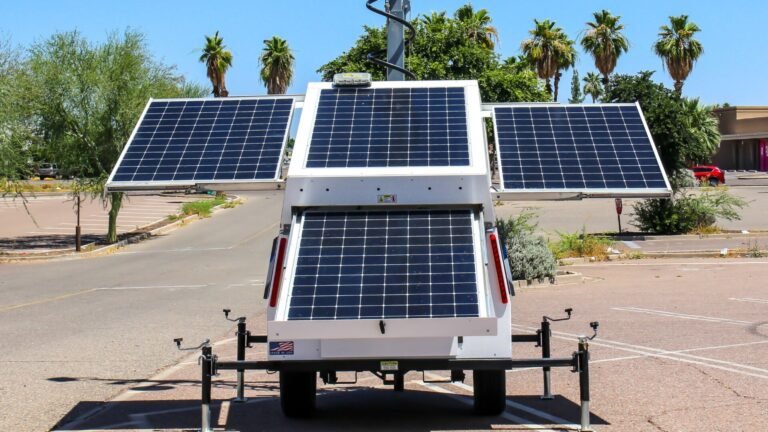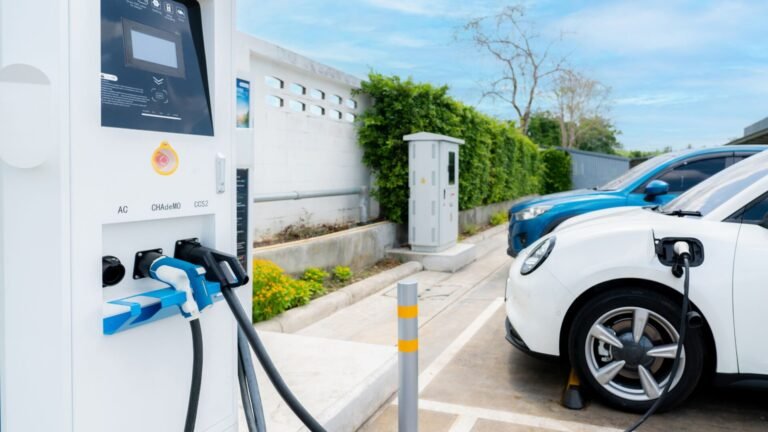In recent years, the expansion of solar energy in rural areas has become a significant talking point among environmentalists, technologists, and policymakers.
The integration of solar power into these communities not only promises a cleaner, more sustainable energy source but also introduces a myriad of social and economic benefits.
Among the various technologies propelling this green revolution, TOPCon solar panels stand out due to their efficiency and potential for transforming rural landscapes.
This blog delves into the impact of TOPCon solar panels on solar energy in rural areas, examining their advantages, challenges, and prospects.
Solar Energy in Rural Areas
Rural communities worldwide face unique energy challenges, including limited access to reliable electricity, high costs of traditional energy sources, and infrastructural deficiencies.
Solar energy in rural areas presents an effective solution to these issues, offering a decentralized, sustainable, and cost-effective power supply.
By harnessing the sun’s abundant energy, rural households and businesses can achieve energy autonomy, reduce carbon footprints, and foster local economic development.
The Rise of TOPCon Solar Panels
Within the realm of photovoltaic technology, TOPCon solar panels have emerged as a game-changer.
These panels feature a unique cell structure with a tunnel oxide layer and a passivated contact, which significantly enhance their efficiency compared to traditional solar cells.
By minimizing electronic losses and increasing light absorption, TOPCon panels achieve higher energy outputs, making them an ideal choice for solar energy in rural areas where maximizing performance per square meter is crucial.
Benefits of TOPCon Solar Panels in Rural Settings
The adoption of TOPCon solar panels in rural regions brings forth several advantages.
Firstly, their superior efficiency means that fewer panels are required to meet the energy needs of a household or community, thereby reducing the space and resources needed for installation.
Secondly, their enhanced durability and longer lifespan ensure a sustainable energy solution that rural inhabitants can rely on for decades.
Additionally, the higher energy yield of TOPCon panels can lead to more significant savings on electricity bills, a critical factor for improving the living standards in rural areas.
Challenges and Solutions
Despite the promising benefits, the integration of TOPCon solar panels into rural energy systems is not without challenges.
The initial cost of installation, typically ranging from $3,000 to $5,000 per kilowatt, can be prohibitive for rural households.
Furthermore, a significant barrier is the lack of awareness about the technology’s benefits and operation. Many rural inhabitants are unaware of the potential savings and environmental impacts of solar energy.
To overcome these challenges, governments and non-profit organizations can play vital roles in mitigating financial burdens and spreading knowledge.
Subsidies and financing options, such as low-interest loans or grants, can make solar systems more affordable.
For example, in India, the government provides subsidies of up to 40% for solar PV systems in rural areas, significantly reducing installation costs.
Educational programs designed to inform rural populations about the benefits and maintenance of solar systems can increase technology adoption rates.
Additionally, partnerships between technology providers and local communities are crucial. These collaborations can ensure that solar solutions are tailored to meet specific rural energy needs, considering factors like local climate, geography, and cultural practices.
By working directly with residents, providers can design systems that are more likely to be accepted and sustained over time.
Moreover, local workforce training in installation and maintenance can create jobs and foster community engagement with renewable energy projects.
Overall, addressing these challenges requires a multi-faceted approach that combines financial support, education, and community involvement.
By implementing these solutions, the barriers to adopting TOPCon solar panels in rural areas can be significantly reduced, paving the way for more sustainable and self-sufficient communities.
Case Studies and Success Stories
Several rural regions around the world have successfully implemented TOPCon solar panels, demonstrating their potential to transform communities.
For instance, in remote areas of Africa and Asia, TOPCon technology has enabled access to reliable electricity for schools, healthcare facilities, and businesses, significantly improving the quality of life and economic opportunities.
These success stories serve as powerful testimonials to the impact of solar energy in rural areas, providing a blueprint for other regions to follow.
Future Prospects and Developments
As research and development in photovoltaic technology continue, the future of TOPCon solar panels looks promising.
Innovations are expected to further increase their efficiency and reduce costs, making solar energy in rural areas even more accessible and attractive.
Furthermore, the integration of TOPCon panels with other technologies, such as battery storage systems and smart grids, can enhance the resilience and flexibility of rural energy systems.
Conclusion: Embracing the Solar Revolution in Rural Areas
The impact of TOPCon solar panels on solar energy in rural areas cannot be overstated. By offering a high-efficiency, sustainable, and cost-effective energy solution, these panels have the potential to significantly improve the livelihoods of rural populations.
However, the success of this green revolution depends on collective efforts from governments, industry, communities, and individuals.
By addressing challenges and fostering collaboration, the dream of a solar-powered rural landscape can become a reality, leading to a brighter, cleaner, and more prosperous future for all.
In summary, the introduction of TOPCon solar panels represents a pivotal development in the quest for sustainable and accessible solar energy in rural areas.
Their advanced technology, combined with the growing global commitment to renewable energy, positions them as a key component in the transition towards a greener, more equitable energy landscape.
As the world continues to grapple with climate change and energy access issues, the role of TOPCon panels in rural electrification is set to expand, marking a new chapter in the story of rural development and environmental stewardship.






